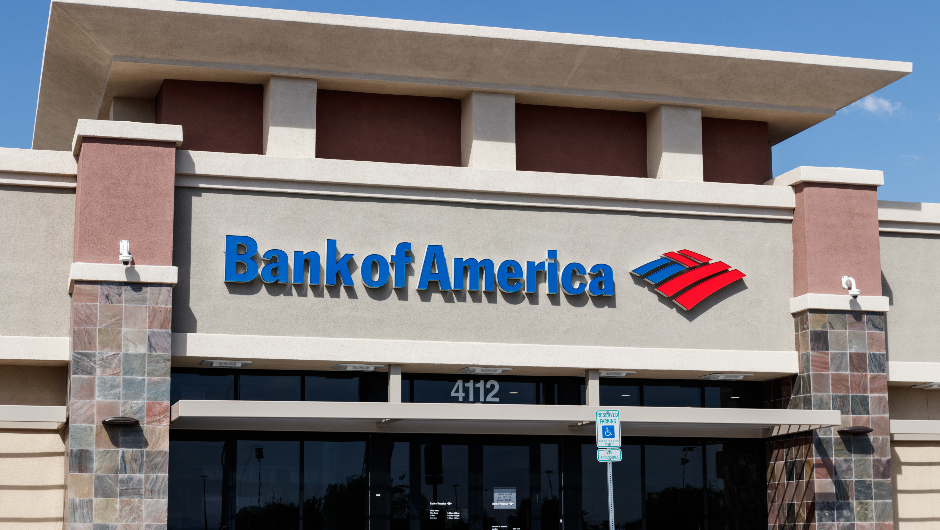Bridging the gap between AP and AR

The Covid-19 pandemic has jolted corporates out of inertia to recognize that value of digital B2B payments processes. This in turn has forced card-issuing banks, payments providers and credit card companies to reconsider their approach to servicing AP and AR.
Until recently, the commercial card industry has been shaped by its origins from consumer card credit processing. This is seen in the bifurcated world of those that work on the accounts receivable (AR) side of the equation – processors, ISOs [independent sales organizations], billing companies – and those that focus on the accounts payable (AP) side of the fence – issuers and AP optimization companies, for example. Post-Covid, however, many industry leaders think the time has come for a fundamental rethink, something that was hotly debated at the CPI Global Summit 2020.

“In order to properly serve the enterprise based B2B arena, what’s become abundantly clear is that you need to bridge that gap, you need to serve both sides of that equation” said Dean M. Leavitt, Founder and CEO of global acquirer Boost Payment Solutions. “This is because, unlike a traditional consumer retail transaction, transactions among and between commercial trading partners is quite different. There are payment terms, there are dispute resolution mechanisms, there’s an ongoing relationship where often there isn’t in the retail environment. It’s absolutely imperative that we all as a credit card processing community serve as a bridge between both AP and AR, between buyers and suppliers, and issuers and acquirers”.
The trend of servicing both AP and AR was also echoed from the card-issuing bank side, with the increased digitisation on both the part of corporates and service providers helping to play a part.

“We’re very focused on both the buyer and supplier side of these transactions,” said Jennifer Petty, Head of Global Card and Comprehensive Payables at Bank of America. “For suppliers, we’re improving their ability to see data, among other efficiencies. Our investment decisions are based on wanting to be more digital, and wanting to continue to see the growth in this industry from a payment standpoint through card accounts. We’re finally seeing improvements, with buyers and suppliers coming together to ensure their payments needs are met on both sides – not just the buyer.”
Not everyone agreed on the extent to which the merging of AP and AR into one serviceable function should go, however.
“We absolutely think that the two functions are separate” commented James Anderson, Executive Vice President, Commercial and B2B Solutions at Mastercard. “But the problem is that they’ve been separate and completely disconnected. They need to be separate, but connected through a set of common rails, which is what we’re building. We believe that addresses many of the challenges that historically have dogged us around very discrete islands of efficiency and islands of automation. We want to make those islands come together. That’s our strategy. AP and AR are distinct, but they don’t need to be completely disconnected”.
Despite the differing emphasis on the level of connection between AP and AR, the shift in view prompted by Covid-19 looks set to outlast the pandemic thanks to the increased digitisation it has triggered.

“The pandemic has really forced a change in the way both buyers and suppliers think, and there will be an ongoing opportunity” said Kevin Phalen, Global Head of Visa Business Solutions. “The reality, particularly in the card space, is we’ve got to be focused on addressing the suppliers’ operating expenses and their costs of acceptance. We saw an almost immediate effect in the first 60 days post-Covid, because the supplier wanted to get paid and the buyer wanted to pay. What we found is that both of them needed a digital solution”.
Seizing the digital opportunity
Indeed, the digitisation seen in the B2B payments space isn’t coming from new solutions, but rather a sudden realisation from corporates that existing solutions in the market offered efficiencies to enhance their current processes.

“What we’ve seen globally from our customers, and our customers’ customers, was there was never really any doubt that the solutions we were proposing were better than what people had before” Mastercard’s Anderson added. “The main thing we were often fighting was inertia, and Covid has really disrupted that inertia and forced people to ask if they were happy with what they were doing. The groundwork that all of us individually and collectively in the B2B space put in is now getting the payback. There’s a recognition that this is a space that hasn’t been as digital as it needs to be within the enterprise, within midsize businesses, and there’s an opportunity”.
As well as adopting digital tools, the pandemic has also forced corporates to evaluate their operations processes, something that has had a knock-on effect for the B2B ecosystem.
“The most interesting thing that we saw almost immediately, particularly in the small business space and lower middle market space, is that those clients often did not have an e-commerce presence and in order to survive, they had to pivot” said Visa’s Phalen. “What we saw almost immediately – in April, May and June – was this emergence of the new way of doing business, and companies really having to adopt that if they want to survive and thrive from the pandemic”.